"After writing that Madoff offers the biggest due diligence lesson for investors, some argued that the red flags are only obvious in hindsight and wouldn’t have been if so clear if one had to make the decision before Bernard’s admission of running a Ponzi scheme. ( BS )
To be generous, I’ve assumed that the whole nature of the trading strategy, the inability of others to reverse engineer it, and the eerie equity curve it created, were not red flags ( THAT'S WAY TOO GENEROUS ).
So let’s count the other red flags and see if they were numerous enough and obvious enough. (The thumbnails are from the SEC’s website and clicking on them will take you to the larger version.)
RED FLAG #1
Madoff Investment Securities was both the broker dealer and investment advisor:

RED FLAG #2
Madoff traded in the same securities that he recommended to advisory clients:
RED FLAG #3
Madoff not only was the broker dealer, creating a conflict of interest where his firm was trading in the same securities as he was trading for clients, but he actually had custody of the assets!
RED FLAG #4
They got into some hot water over some small compliance issues. Madoff’s firm was censured and fined a small amount $7,000. But this meant they did have a blot on their records:
RED FLAG #5
Jim Vos, head of Aksia - a hedge fund advisory firm, noticed that although Madoff’s firm was supposedly highly advanced and automated, they sent paper copies of their trading records to clients instead of providing electronic access to the firm’s trading platform.
RED FLAG #6
Madoff Investment Securities’ auditors were Friehling & Horowitz, a 3 person team which consisted of one lone CPA with a small 13′ by 18′ office in New York. Hardly adequate to monitor a firm that traded a good chunk of NYSE and NASDAQ volume.
RED FLAG #7
Shockingly enough, Madoff didn’t take the usual 2/20 fees most hedge funds do. Instead he only profited from the trades that his firm was doing for the “investment fund”, claiming that this was enough. Given this form of compensation, it is very possible most “sophisticated investors” assumed that Madoff was involved in some sort of shenanigans but turned a blind eye for those stable returns ( WISHFUL THINKING AND GOVERNMENT GUARANTEES ).
Here’s an excerpt from a 2001 Barron’s article on Madoff Investment Securities secrecy:
Curiously ( IMPOSSIBLY ), he charges no fees for his money-management
services. Nor does he take a cut of the 1.5% fees marketers like
Fairfield Greenwich charge investors each year. Why not? “We’re
perfectly happy to just earn commissions on the trades,” he says.Perhaps so. But consider the sheer scope of the money Madoff would
appear to be leaving on the table. A typical hedge fund charges 1% of
assets annually, plus 20% of profits. On a $6 billion fund generating
15% annual returns, that adds up to $240 million a year.The lessons of Long-Term Capital Management’s collapse are that
investors need, or should want, transparency in their money manager’s
investment strategy ( YOU THINK ? ). But Madoff’s investors rave about his performance
– even though they don’t understand how he does it ( WISHFUL THINKING AND GOVERNMENT GUARANTEES ).
RED FLAG #8
Madoff Investment Securities was a family business, with Madoff’s brother, sons and daughter as well as his niece (married to a previous SEC compliance officer) all worked at the firm.

“All of his family members grew up with this being our lives. When it is a family operated business you don’t go home at night and shut everything off, so you take things home with you, which is how all of us grew up”
Mark Madoff (pictured on the right with his father, Bernard L. Madoff, left)
Peter Madoff, pictured below, was a senior managing director and head of trading and compliance at Madoff Investment Securities. He began at the firm in 1965. With so much family involvement, one can’t help but ask how much they knew and if it was even possible for one lone patriarch to organize, control and maintain such a huge fraud all by himself.
The reasons that investors took these risks were Wishful Thinking and the Government Guarantees.


 Click to see large version:
Click to see large version:



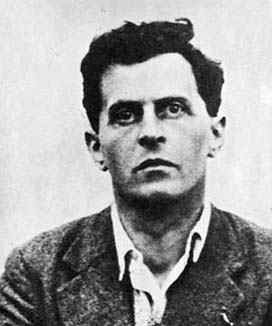

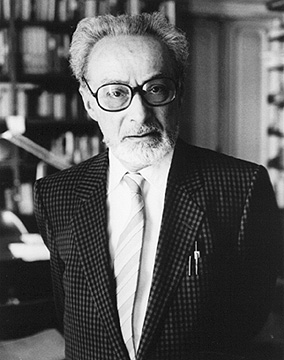


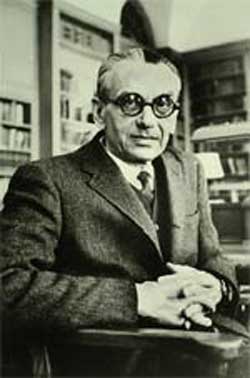















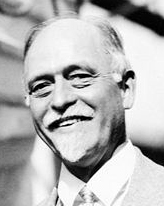



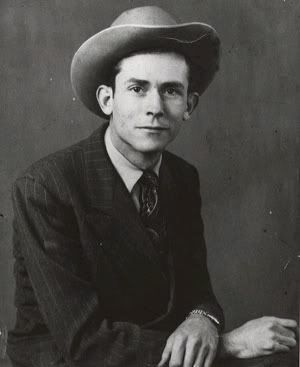





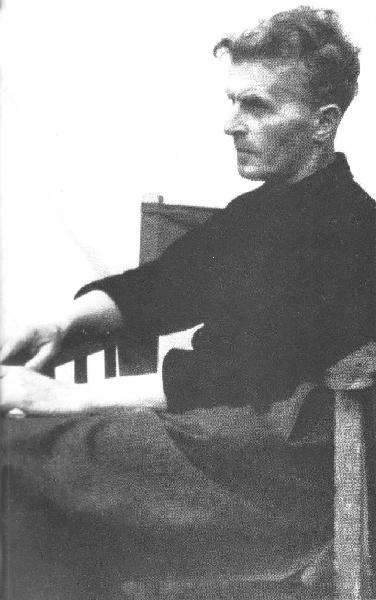

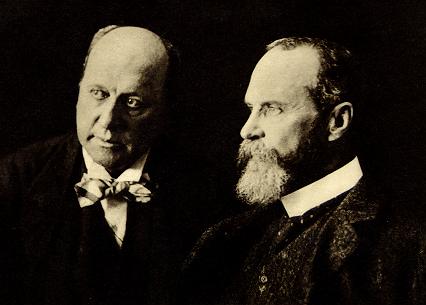


No comments:
Post a Comment